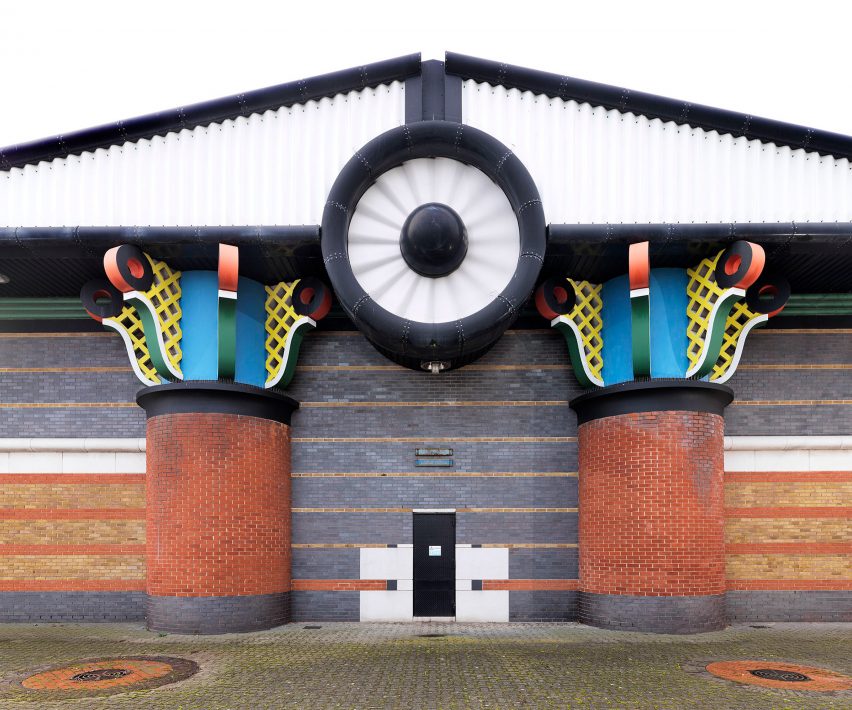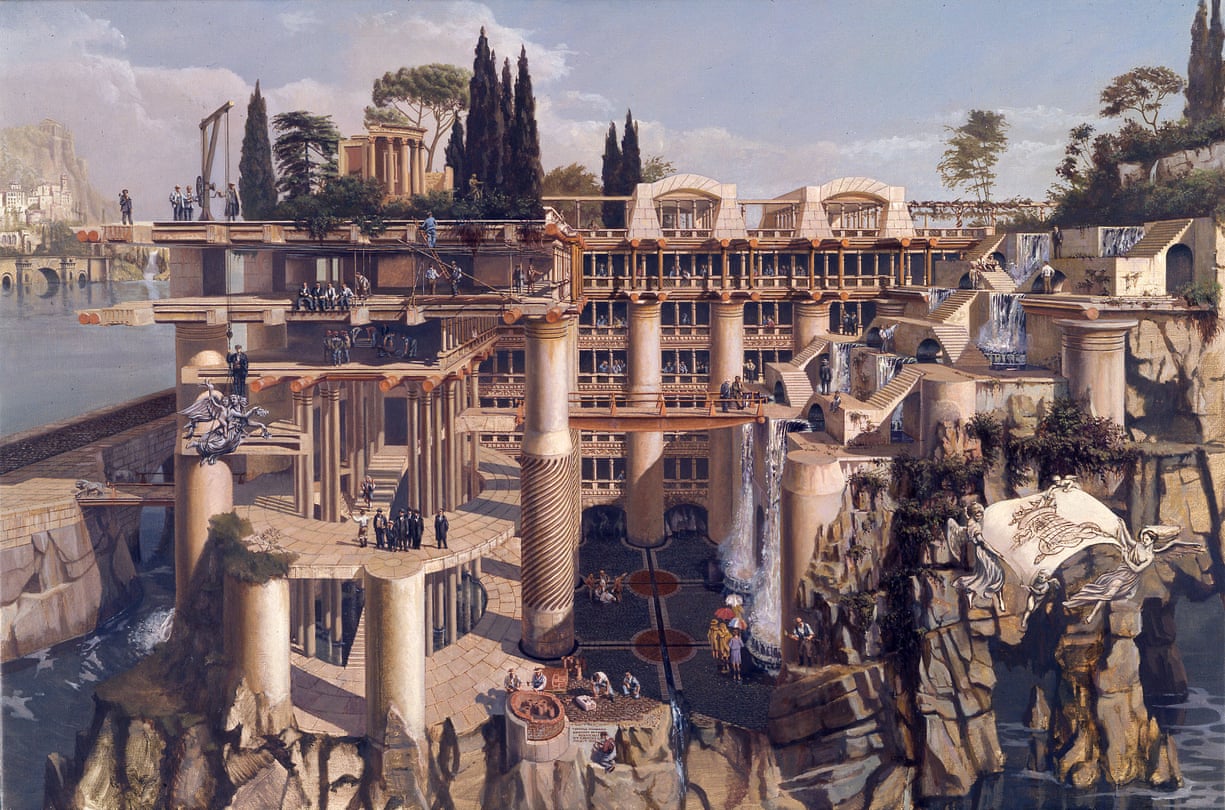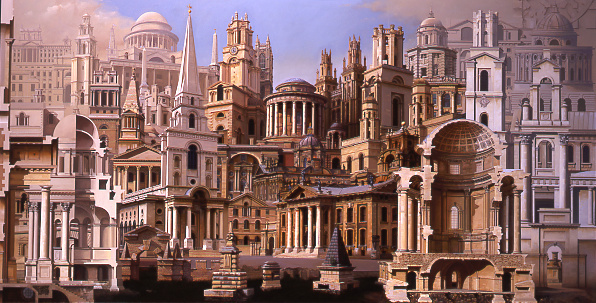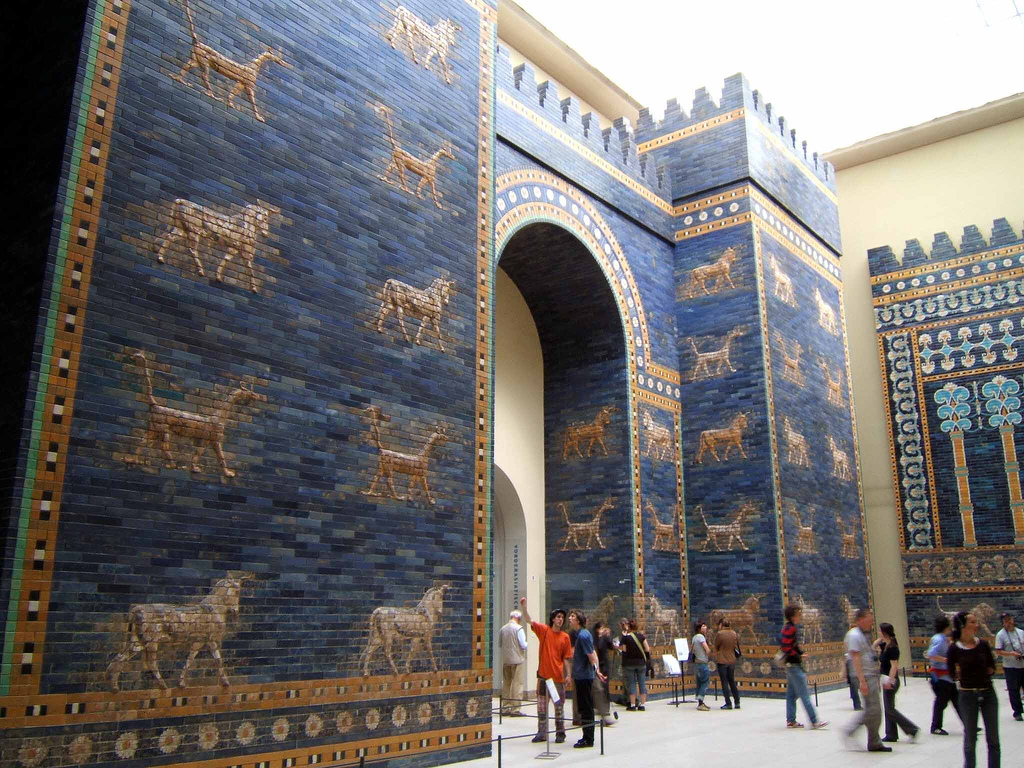One thing, however, that might appeal to readers is the visual inspiration. Many of the monsters - 'myth units' - took their cues from cinema. Hence, the cyclops looked like this:
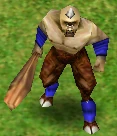
reminiscent of this cyclops from Ray Harryhausen.
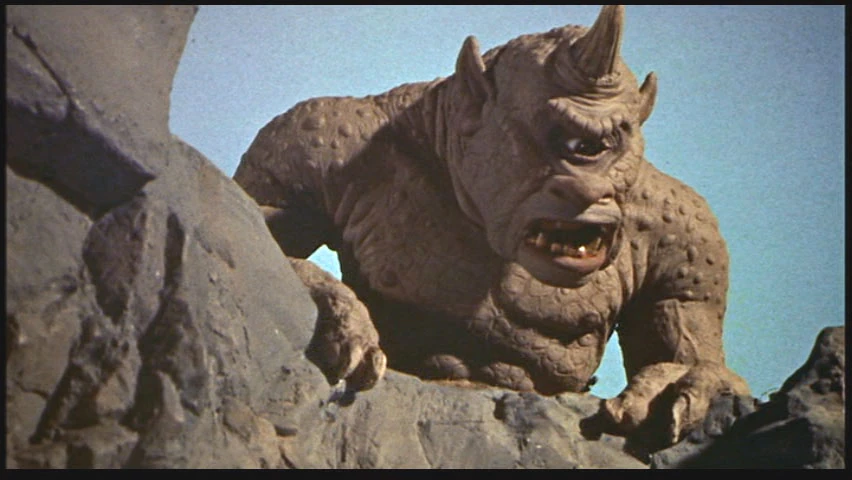
Likewise, the Gorgon carried a bow and had a serpentine lower half - just as Medusa in Clash of the Titans. This continues across the civilisations - Greek, Egyptians and Norse (Atlanteans* were added in a less well-received expansion). The Egyptians seem to have come straight out of The Mummy or The Ten Commandments.
But the use of popular culture elements as inspiration, as well as the mix of mythological origins is, on reflection, more than a little reminiscent of Dungeons and Dragons et al**. This said, the best known monsters get used as myth units pretty quickly and the creators (Ensemble Studios) had to fill in the gaps - sometimes using their imaginations pretty freely. It's interesting to see how they plug the gaps.
So, below is a list of myth units from Age of Mythology and The Titans Expansion with notes about each one and if it has appeared elsewhere (that I know of). Age of Mythology wiki link with more information here (elements of the in-game encyclopaedia are hilarious). Reference is made to the first edition Monster Manual in the first instance.
Greek
Pegasus - must be one out there somewhere.
Cyclops - yup.
Minotaur - in skeletal form, even.
Centaur - ahumph.
Manticore - yes.
Nemean Lion - functionally a dire lion.
Hydra - multiheaded dragons are known; not so certain about regenerating heads.
Scylla - basically a multi-headed plesiosaur, rather than a woman with multiple dogs at her waist and a serpentine tail.
Chimera - yes.
Medusa - the correct term would be gorgon, but yes.
Carcinos - giant bloody crab.
Colossos - a bit like Ted Hughes's Iron Giant. But Grecian and with a sword. Think a mass-market Talos.
Egyptian
Anubite - jackal-headed humanoids with two blades. Can jump very far. Found purely as a homebrew.
Wadjet - winged serpent from the Pharonic crown, but scaled up to bigger than a man. Spits poison.
Sphinx - ahumph x 2.
Scarab - no longer tiny. Bigger than a four-door saloon; massive pincers to tear down buildings. Nothing new about giant beetles.
Petsuchos - bejewled laser crocodile. Based on a sacred crocodile, probably without the lasers. Giant crocodiles one can find; lasers are extra.
Roc - giant bird that serves to transport people. See the giant vulture - complete with cage - from Clash of the Titans.
Leviathan - also serves as a transport. Old Testament references now; see Jonah.
Scorpion Man - there's one in the Peridot.
Avenger - nothing to do with John Steed. Mini-Horus with two swords.
Mummy - not hard to find. Can convert you into a minion.
Phoenix - yes, these can be found.
War Turtle - sodding great turtle.
Norse
Troll - these ones throw stones and can get an extra head.
Valkyrie - Nordic-themed mounted female paladin with obligatory Wagnerian metallic bodice.
Einherjar - spirit of heroic Norse warrior. Bit like a Death Knight.
Frost Giant - yes. Elite frost giants get horns, for some reason.
Mountain Giant - standard issue giant with beard and club.
Kraken - not quite as big as some examples.
Battle Boar - golden boar; think a mass-market Gullinbursti.
Fire Giant - yes. Somewhat like a hornless demon.
Fenris Wolf Brood - functionally a dire wolf; gain greater strength in packs (beyond there being more dire wolves, that is).
Jormund Elver - sea serpent. Though also referred to as elvers - giant eels are also a staple.
Atlantean
Promethean - golem (Prometheus made men out of clay - were these prototypes?). Split into two smaller versions after death.
Automaton - robot suit of armour.
Caladria - winged healer. Doesn't fight herself.
Servant - benevolent water elemental. _ of Oceanus is implicit in the name.
Satyr - ahumph x 3.
Neriad - aquatic woman on a shark with a trident.
Behemoth - triceratops meets armadillo. Eighteen feet long. Old Testament again.
Stymphalian Bird - bird that slings razor sharp metal feathers at you. Can't find any likely suspects.
Argus - floating octopus that can drool acid. Many eyes.
Lampedes - Underworld nymph that keeps Persephone company. Looks a bit like a Drow sorceress.
Man o' War - jellyfish that shoots lightening.
Heka Gigantes - Only four arms, but still giant.
Go forth and investigate further, if you've a will to. The game is full of details that could be plucked for ideas. I personally should like to see more laser crocodiles on the tabletop.
* In the first game, Atlantis was Greek with a few extra bits of set decoration. In the expansion, the Atlanteans become Titan-worshipers drawing on Roman elements (IE, Murmillo are the standard infantry unit) with a scattering of other stuff (IE, llamas, implying theories about some Native American civilisations being Atlantean).
It's all a little unconvincing next to the semi-realistic other civilisations - the Greeks have actual hoplites and triremes, for instance. But at the same time, the designers have had freedom to make it all up as they went along. So you get a masonry and metal-heavy semi-Modern architecture, and hints in the flavour text at a slightly egalitarian society. To say nothing of the occasional gem of strange gameplay justification lore:
A Contarius distinguished in battle, upon returning to Atlantis, was presented with a lance made from petrified wood found in one of Atlantis’s most distant western colonies. When the stone lance of a Contarius broke, the soldier’s name was carved on its shaft and the fragments were returned in honor to Atlantis. These fragments were arranged in a palisade around the Palace of the Theocrat. It did not take long for the competitive Contarii to begin seeking out targets that would most swiftly break their lances - namely buildings.
[Source]
Splendidly evocative stuff, but ultimately not enough of it to satisfy, however daft it all is.
** To say nothing of the unlikely pin-up illustration high fantasy renditions of the gods and goddesses involved (Theia, Hekate and Hyperion spring to mind). Some look reasonable enough; others are begging to have the numbers filed off and to be re-used elsewhere.
